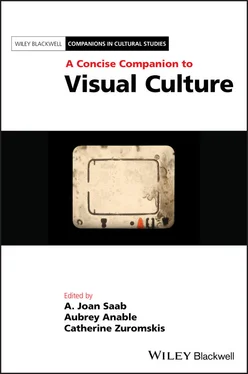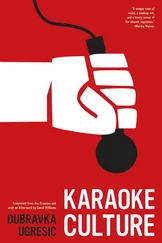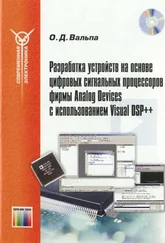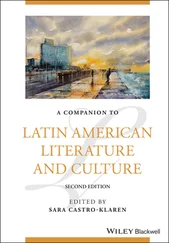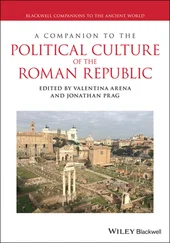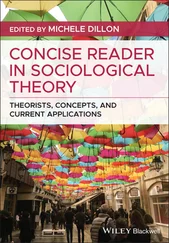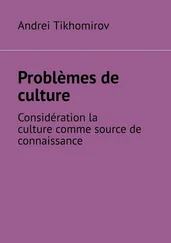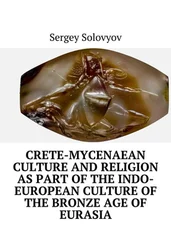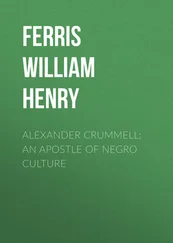Braxton Sodermanis assistant professor in the Department of Film & Media Studies at the University of California, Irvine. He researches digital media, video games, new media aesthetics, the history of technology, and critical theory. He is the author of Against Flow: Video Games and the Flowing Subject (2021). He has published articles in the Journal of Visual Culture , Space and Culture , differences: A Journal of Feminist Cultural Studies , Games and Culture , Transformative Works and Cultures , and elsewhere.
Marita Sturkenis professor in the Department of Media, Culture, and Communication at New York University, where she teaches courses in visual culture, cultural memory, and consumerism. She is the author of Tangled Memories: The Vietnam War, the AIDS Epidemic, and the Politics of Remembering (1997) and Tourists of History: Memory, Kitsch, and Consumerism From Oklahoma City to Ground Zero (2007) and co‐author, with Lisa Cartwright, of Practices of Looking: An Introduction to Visual Culture (3rd edn. 2018).
Norman Voranois associate professor and Head of the Department of Art History and Art Conservation at Queen’s University in Canada. His work focuses on Indigenous arts of North America, museum culture, and material studies. He edited Inuit Prints, Japanese Inspiration: Early Printmaking in the Canadian Arctic (2011) and curated Picturing Arctic Modernity: North Baffin Drawings from 1964 (2017–19). From 2005 to 2014 he was the Curator of Contemporary Inuit Art at the Canadian Museum of History, Canada’s national museum.
Sharon Willisis professor of art history and visual and cultural studies at the University of Rochester. A co‐editor of Camera Obscura , she is the author of Marguerite Duras: Writing on the Body ; High Contrast: Race and Gender in Contemporary Hollywood Films ; and The Poitier Effect: Racial Melodrama and Fantasies of Reconciliation .
Catherine Zuromskisis associate professor in the School for Photographic Arts and Sciences at Rochester Institute of Technology. She is the author of Snapshot Photography: The Lives of Images (2013), and The Factory (2012). Her writings on photography, film, and visual culture have appeared in American Quarterly , Archives of American Art Journal , Art Journal , The Velvet Light Trap , Photography & Culture , Criticism and various edited volumes.
A. Joan Saab, Aubrey Anable, and Catherine Zuromskis
This volume brings together the work of established and emerging scholars working across visual studies. Also called visual culture, and sometimes visual culture studies, visual studies is an interdisciplinary field that takes as its subject visual objects and practices of vision and visuality. For our purposes here, we identify visual studies as the interdisciplinary field that takes as its object the diverse and dynamic arena of visual culture. Whatever terminology one uses, we contend that the field and its objects of study are necessarily bound up with each other in ways that are inherently political. This interrelation is one of the fundamental premises on which visual studies was founded: that acts of looking and acts of making things visible (or invisible) matter.
Visual studies emerged in the 1970s and 1980s as a way to connect Marxist, feminist, poststructural, psychoanalytic, and postcolonial theories to the study of art, film, and media and to visual objects and the practices of visuality itself, broadly conceived of. Its genesis was informed by a number of revolutionary developments in humanities scholarship in the late twentieth century, including the cultural studies of the Birmingham School for Social Research (demonstrated in the work of scholars such as Stuart Hall, Angela McRobbie, and Raymond Williams), psychoanalytic film theory (as exemplified by Laura Mulvey and Christian Metz), the Marxist and feminist turns in art history (embodied in the work of Meyer Schapiro, T. J. Clark, Griselda Pollack, and Linda Nochlin, among others), the translation and popularization of key texts in French cultural theory (such as those of Michel Foucault, Roland Barthes, Louis Althusser, Jacques Lacan) and Frankfurt School philosophy (represented by Walter Benjamin, Theodor Adorno, Juergen Habermas, and Sigfried Kracauer). Pioneers of visual studies similarly imagined it as a renegade field, pushing at the boundaries of formal disciplines to challenge established paradigms of looking and seeing. Also central to the foundation of visual culture as a field of inquiry was the political project of postmodernism. Theorists of postmodernity (among them Jean Francois Lyotard, Jean Baudrillard, and Frederic Jameson) highlighted the demise of grand narratives, the importance of identity and relative subject positions, and the contingency of art and culture on the economy and politics. The sense of urgency to contextualize and politicize culture, to understand our own agencies and biases as authors, and to construct histories alternative to those written within traditional disciplines led to a sense of progressive political possibility in the study of media, art, and culture.
By the late 1980s and early 1990s, visual studies began to become institutionalized. Academic programs were established in the United States and England, and the publication of foundational textbooks and readers helped to delimit the parameters of the field and to establish the key tropes of visual culture (see, for example, Bryson, Holly, and Moxey 1994; Mirzoeff 1998; Evans and Hall 1999; Sturken and Cartwright 2001). These concerns include the dynamics of the gaze, technologies of vision, the politics of representation, conceptions of space and surveillance, and changing notions of the body, subjectivity, and identity. By the turn of this century, professional organizations such as the College Art Association and the American Studies Association had established visual culture caucuses to showcase emerging work in the field, and visual studies saw strong representation at the Society for Cinema and Media Studies and the Modern Language Association as well. In 2011 the Alliance for Networking Visual Culture was developed, transforming scholarly communications and publishing platforms for born‐digital and performance‐based material.
The collaboration that produced this volume is itself a product of the institutionalization of visual studies as an interdiscipline. We, the editors, met in the Visual and Cultural Studies (VCS) program at the University of Rochester in the early years of the twenty‐first century. VCS was founded in 1989 as a program in Comparative Arts (the name was changed to Visual and Cultural Studies program in 1991). Drawing together faculty from the departments of Art History, English, Modern Languages and Cultures, and Anthropology, the program’s founders shared an interest in poststructuralism. Founding faculty member Michael Ann Holly presents the genesis of the program as organic—a congregation of like‐minded scholars who, as D. N. Rodowick, another former faculty member, put it, sought to “get outside one’s field and exploit other resources” (Rodowick, quoted in Dikovitskaya 2005, 93).
Joan Saab joined the VCS program in 1999 as a junior faculty member with degrees in American studies and material culture studies. Aubrey Anable and Catherine Zuromskis came to it as doctoral students with backgrounds in women’s studies and film studies and in art history and cultural studies respectively. VCS was a space for all three of us to pursue avenues of inquiry that might not have been possible in more traditional programs. This experience informs our current teaching and writing on film, studio art, art history, media studies, game studies, material culture, performance, and space and the built environment. Because of our shared background, we come to the study of visual culture with a particular perspective, one shaped by the influential ideas of key faculty members in the VCS program—some of whom contributed to this volume—and nurtured through our participation in this dynamic scholarly community. This perspective emphasizes the infusion of activism and political urgency into humanities scholarship, the importance of engaging objects and discourses beyond film and art, and the necessity of interdisciplinarity to the study of certain kinds of visual objects and practices. We bring this perspective to the construction of the present volume.
Читать дальше
